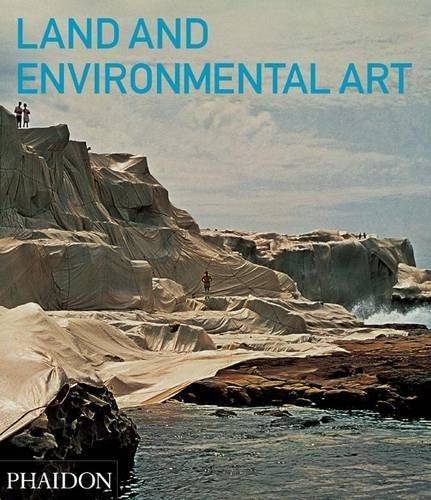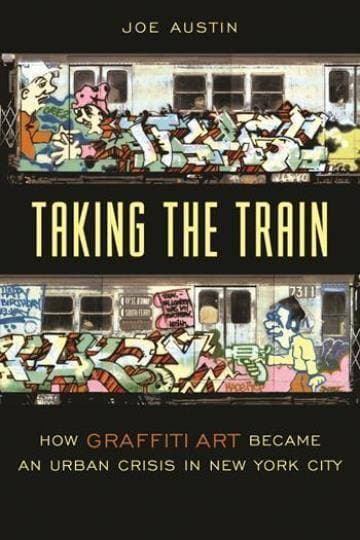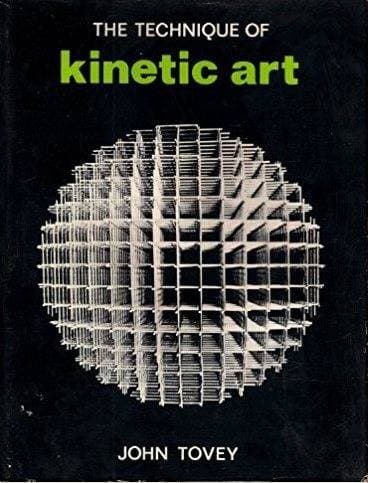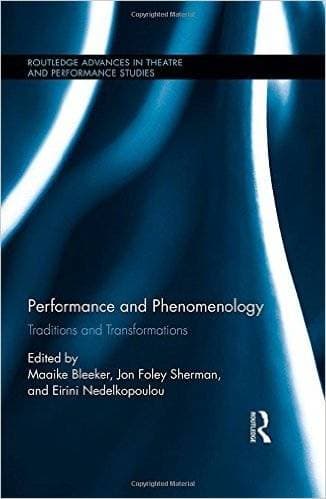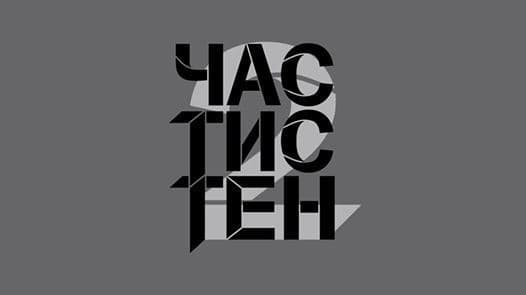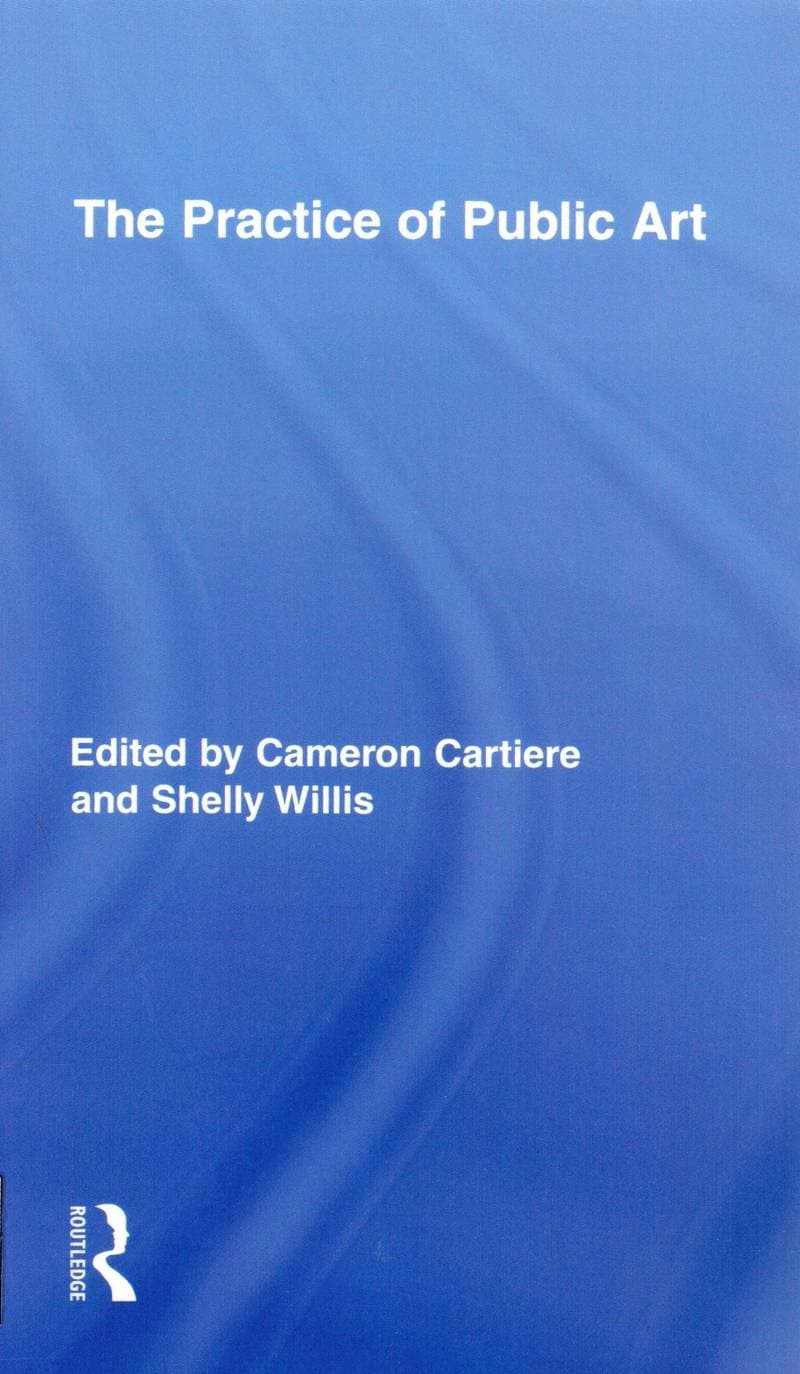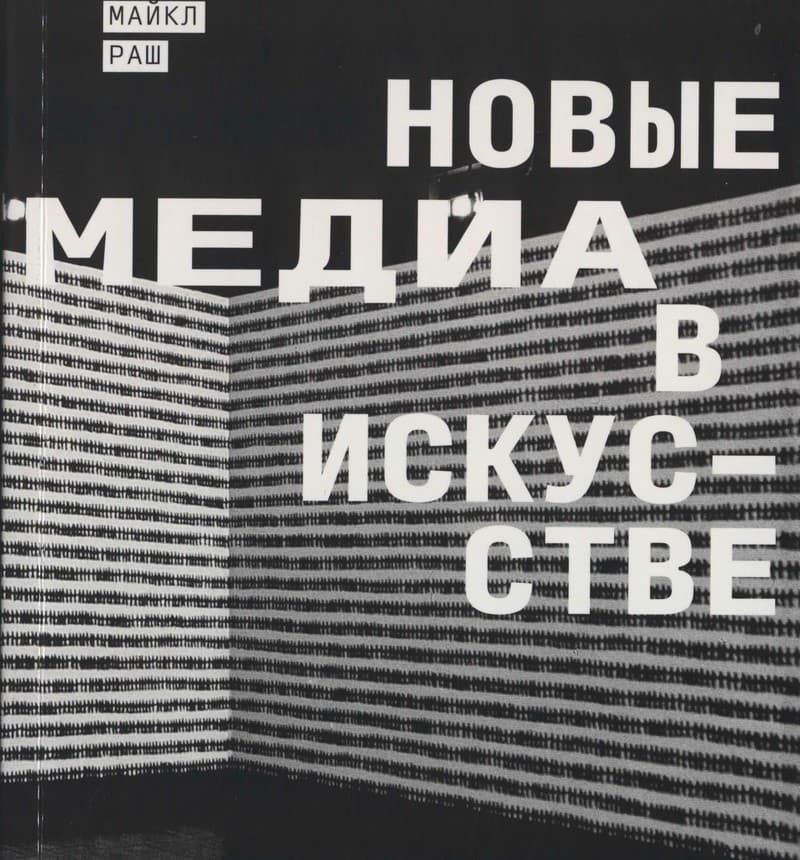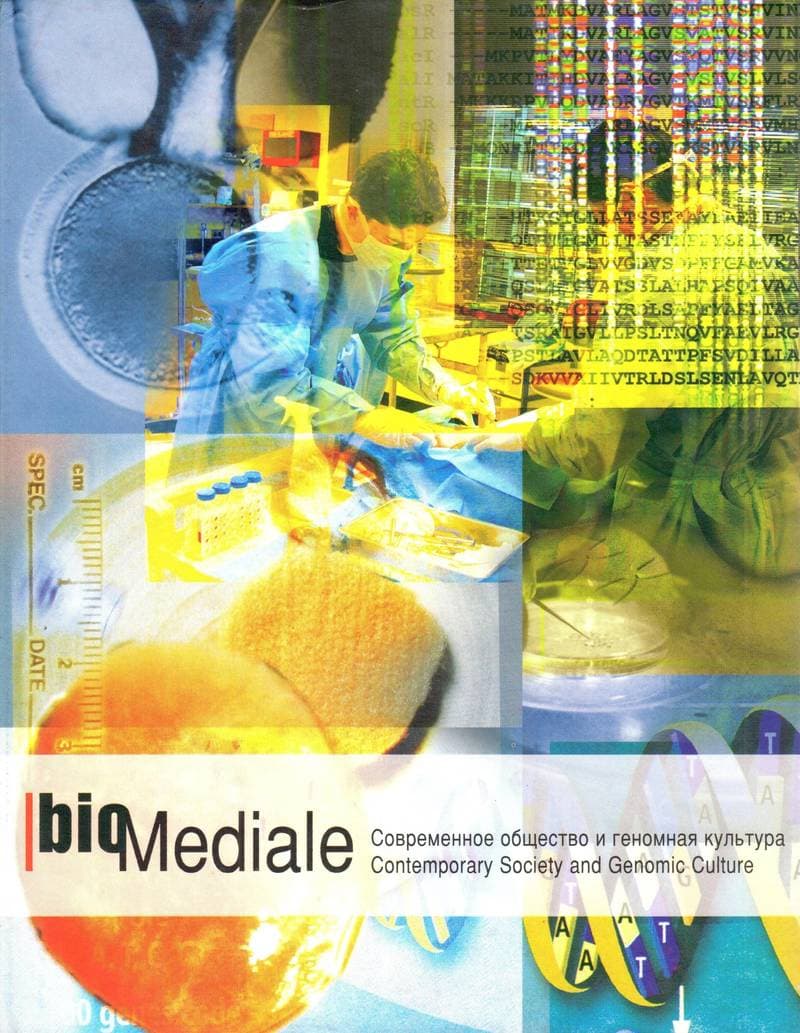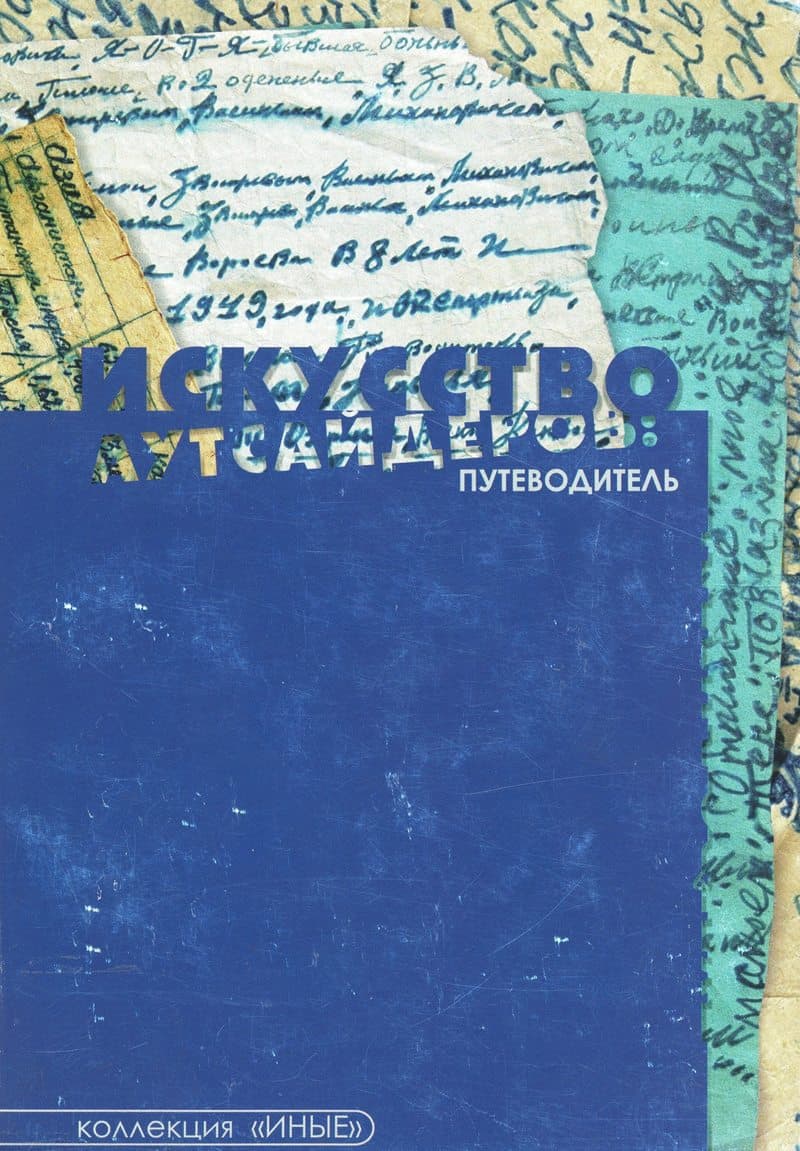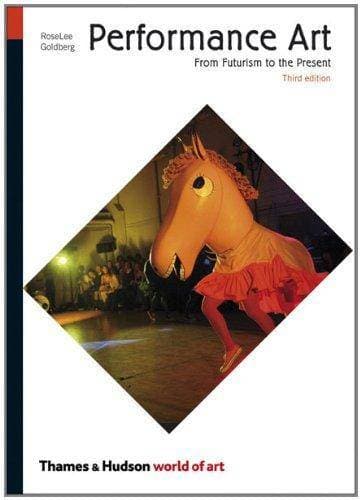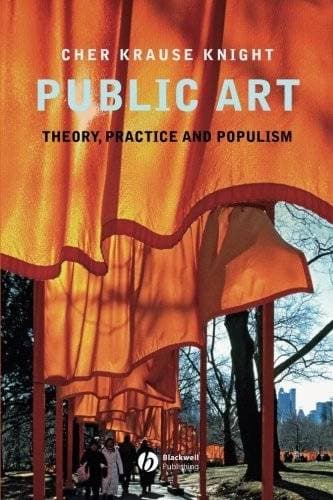Land and Environmental Art
The traditional landscape genre was radically transformed in the 1960s when many artists stopped merely representing the land and made their mark directly in the environment. Drawn by vast, uncultivated spaces of desert and mountain as well as by post‑industrial wastelands, artists such as Michael Heizer, Nancy Holt and Robert Smithson moved earth to create colossal primal symbols. Others punctuated the horizon with man‑made signposts, such as Christo’s Running Fence and Walter de Maria’s The Lightning Field. For Richard Long, journeys became works of art while Dennis Oppenheim immersed his entire body in the contours of the land. In this broad survey of Land Art, Brian Wallis discusses the key artists, works and issues that define Land Art historically, as well as its later ramifications.
Details
Oppenheim Dennis, Goldsworthy Andy, Andre Carl, Fend Peter, Haacke Hans, Long Richard, Holt Nancy, Heizer Michael, De Maria Walter, Morris Robert, Fulton Hamish, Mendieta Ana, Aycock Alice, Kentridge William, Smithson Robert, Sherk Bonnie Ora, Serra Richard, Dion Mark, Turrell James, Meireles Cildo, Bayer Herbert
London
2010
203 pages
9780714856438
Available on request
Yes
Yes
709.043 Lan
1
- Taking the Train: How Graffiti Art Became an Urban Crisis in New York City2001
- The Technique of Kinetic Art1971
- Performance and Phenomenology: Traditions and Transformations2015
- Части стен 22018
- The Practice of Public Art2008
- Новые медиа в искусстве2018
- Biomediale: Современное общество и геномная культура2004
- Кинетизм1994
- Искусство аутсайдеров: путеводитель2005
- Performance Art: From Futurism to the Present2011
- Public Art: Theory, Practice and Populism2008
- Performance Art: From Futurism to the Present2006
